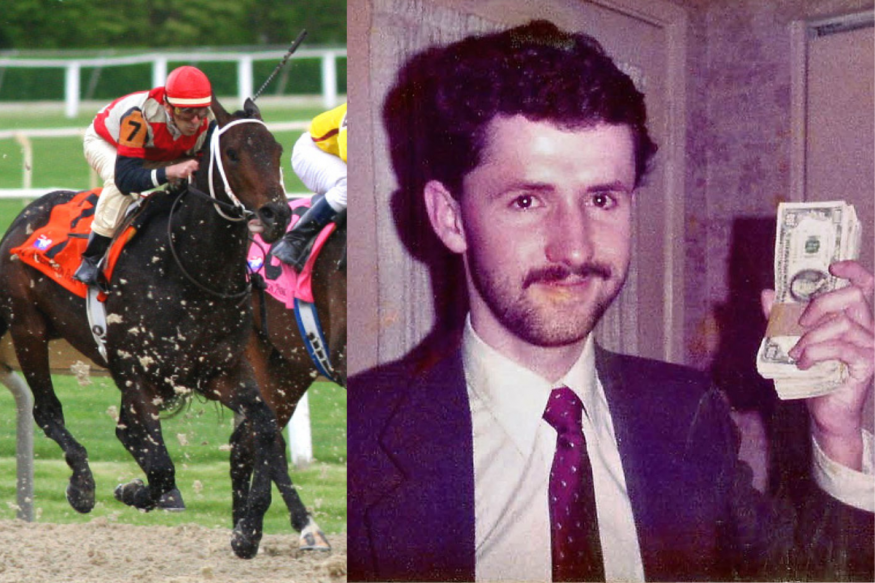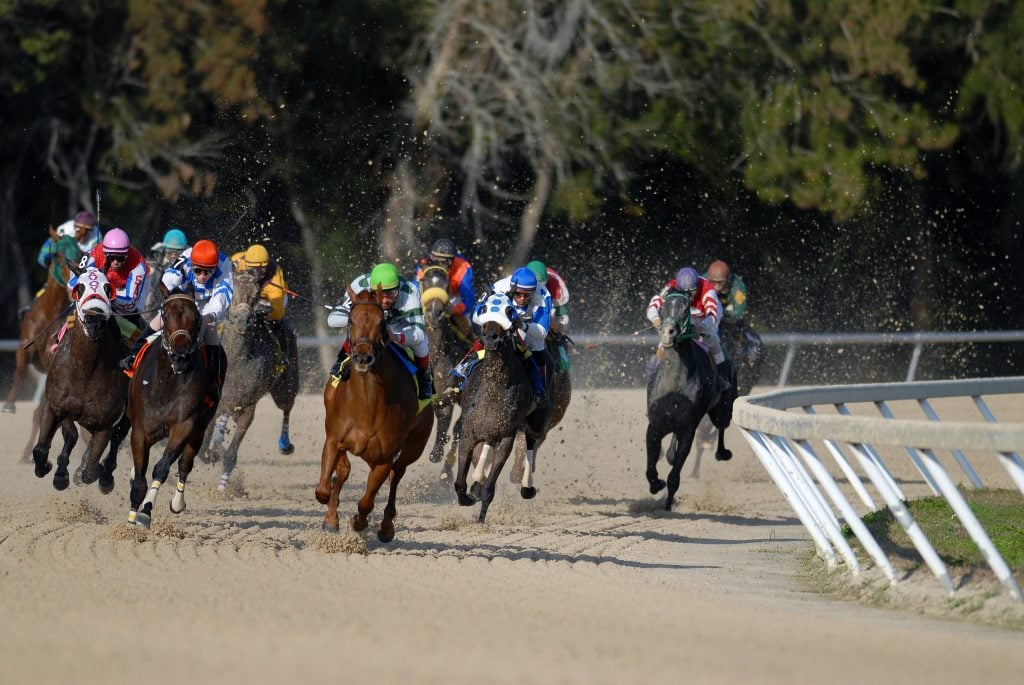Bill Benter: The Mastermind Who Harnessed Math to Outplay the Bookmakers

The Reluctant Luminary of Gambling
Bill Benter stands in stark contrast to most legendary gamblers. He shuns attention, preferring a low-profile existence far from public acclaim. For Benter, gambling isn't about glitz or thrill-it's a calculated business. Where most rely on instinct, Benter trusts the unwavering certainty of mathematics.
His journey began with an interest in card counting, but Benter soon realized his talents could reach further. By developing a sophisticated algorithm capable of forecasting horse racing outcomes, he became recognized as the wealthiest professional gambler ever. Benter’s methods not only redefined his personal fortune but also revolutionized the gambling world, introducing mathematical strategies like statistical analysis, probability modeling, and syndicate betting-concepts still integral to modern gambling.
Early Fascination With Numbers
Raised in Pittsburgh, Benter’s affinity for mathematics was evident from an early age. Eager to fuel his passion, he enrolled at Case Western University to study physics, one of America’s premier research schools. However, during his college years, he became captivated by the possibilities of card counting, inspired by Edward Thorp’s seminal book, “Beat the Dealer.”
By 1979, at just 22, Benter was in Las Vegas ready to put theory into action. He supplemented his bankroll by working at a 7-Eleven, risking each hard-earned dollar at blackjack tables.
During this period, he met Alan Woods-a professional Australian gambler and leader of a Las Vegas card counting team.

Image: Bloomberg
Together, Benter earned about $80,000 annually, until casinos grew vigilant against card counters. Inevitably banned from all Vegas establishments, Benter and Woods sought new opportunities and set their sights on the lucrative world of Hong Kong horse racing, where annual betting pools reached an astonishing $10 billion in the 1990s.
Pioneering a Data-Driven Betting System
With blackjack no longer viable, Benter and Woods faced the daunting challenge of horse racing’s unpredictability. While many believed it to be a game of chance with too many variables to model, Benter was undeterred. His breakthrough came after examining an academic study, “Searching for Positive Results at the Track” by Ruth Bolton, which outlined how race outcomes could be estimated using measurable variables like speed, jockey experience, and horse size.
Benter realized he could construct a model that integrated these factors, allowing him to estimate each horse's chances with more accuracy than traditional odds or gut feeling. This statistical edge meant he could target bets with unprecedented precision.
Armed with this concept, Benter coded an initial version of his system and, in 1985, moved to Hong Kong to put it to the test.
Trial and Error in Hong Kong’s Racing Circuit

Image: The Hong Kong Jockey Club
The first season with their new model resulted in a significant loss of $120,000. Disheartened, Benter and Woods parted ways. While Benter returned to blackjack in Atlantic City to build up fresh capital, he continued to refine his horse race model, adding new variables at every opportunity.
By September 1988, Benter had enhanced his algorithm to consider roughly 20 variables. This revamped approach yielded a major breakthrough-he pocketed $600,000 in his comeback season. Incorporating real-time betting odds from the Hong Kong Jockey Club led to an even greater surge in profitability, with his winnings soaring to $3 million in the 1990-91 season.
As the model grew in complexity, eventually factoring over 100 variables, the rewards were staggering. In 1997 alone, Benter made more than $50 million. The ultimate validation came in 2001 when he correctly predicted the outcome of the notoriously difficult Triple Trio-a wager requiring the first three finishers in three consecutive races-leaving a potential $16 million prize unclaimed, which was later donated to charity as per club policies.
With Benter and Woods amassing such vast fortunes, word spread and imitators began to emerge. The method’s popularity intensified competition, gradually eroding their advantage and signaling the end of the golden age for algorithmic horse race betting.
Turning Wagering Operations into an Industry

Image: Jeff Griffith/Unsplash
Betting at this scale was never a solo venture. Benter and Woods both assembled teams of analysts, data specialists, and mathematicians. Their operations were so robust that placing bets required teams of people-initially using phone calls, later deploying dozens of runners to physically place wagers after phoned-in betting was banned.
Even with this manual, citywide effort, Benter still amassed over $50 million in earnings during the 1997 season alone. However, the industrialized nature of such betting soon attracted scrutiny from Hong Kong tax authorities. Fearing investigation and possible taxation, Alan Woods eventually left Hong Kong for the Philippines.
This organized, syndicate-style approach continues to thrive worldwide. One prominent figure, Zeljko Ranogajec-who learned alongside Benter and Woods-uses similar strategies, employs hundreds of people, and manages a global betting empire reputedly exceeding $400 million in net worth.
Benter’s Legacy: The Influence of Analytics in Modern Betting
At its zenith, Benter’s sophisticated system evaluated more than 120 variables per horse, generating annual returns estimated at $100 million. Unsurprisingly, many modern bettors and professional syndicates have adopted or adapted similar models.
Advancements in technology and widespread data availability have lowered the entry threshold for statistically minded punters. Real-time statistics, comprehensive databases, and readily accessible variables enable more people than ever to refine their own predictive models.
To keep betting fair, organizations like the Hong Kong Jockey Club now share extensive datasets and even notify the market when substantial bets are placed, hinting at syndicate moves. This transparency allows everyday bettors to follow the lead of larger groups, narrowing the gap that once set pioneers like Benter apart.
Yet, the proliferation of sophisticated strategies and the fluid movement of betting odds have made easy fortunes much rarer in today’s betting landscape.
Benter’s Commitment to Giving Back

Image: Twitter/MathHelpToday
Although his career winnings approached an estimated $1 billion, Bill Benter is not classified as a billionaire. Still, he is widely recognized as the world’s most successful professional gambler.
With his immense wealth, Benter has become a dedicated philanthropist. His contributions include a $1 million donation to the University of Pittsburgh and $3 million towards global polio immunization campaigns in regions including Afghanistan, Pakistan, and Africa. In 2007, he founded The Benter Foundation to support projects elevating community well-being, advancing the arts, and conserving open spaces, primarily around Pittsburgh and across the United States.
The foundation has also championed scientific initiatives, such as Alzheimer’s research at the University of Edinburgh and opioid policy studies conducted at the University of Michigan.
An advocate for education, Benter occasionally lectures at prestigious institutions like Harvard, Stanford, and The Chinese University of Hong Kong, specializing in statistics and probability.
Bill Benter continues to reside in Pittsburgh with his wife, Vivian Fung, and their son, Henry-a testament to a life that blends remarkable analytical achievement with a deep sense of generosity.













